Home>Garden Essentials>How Long After Aerating Should You Seed
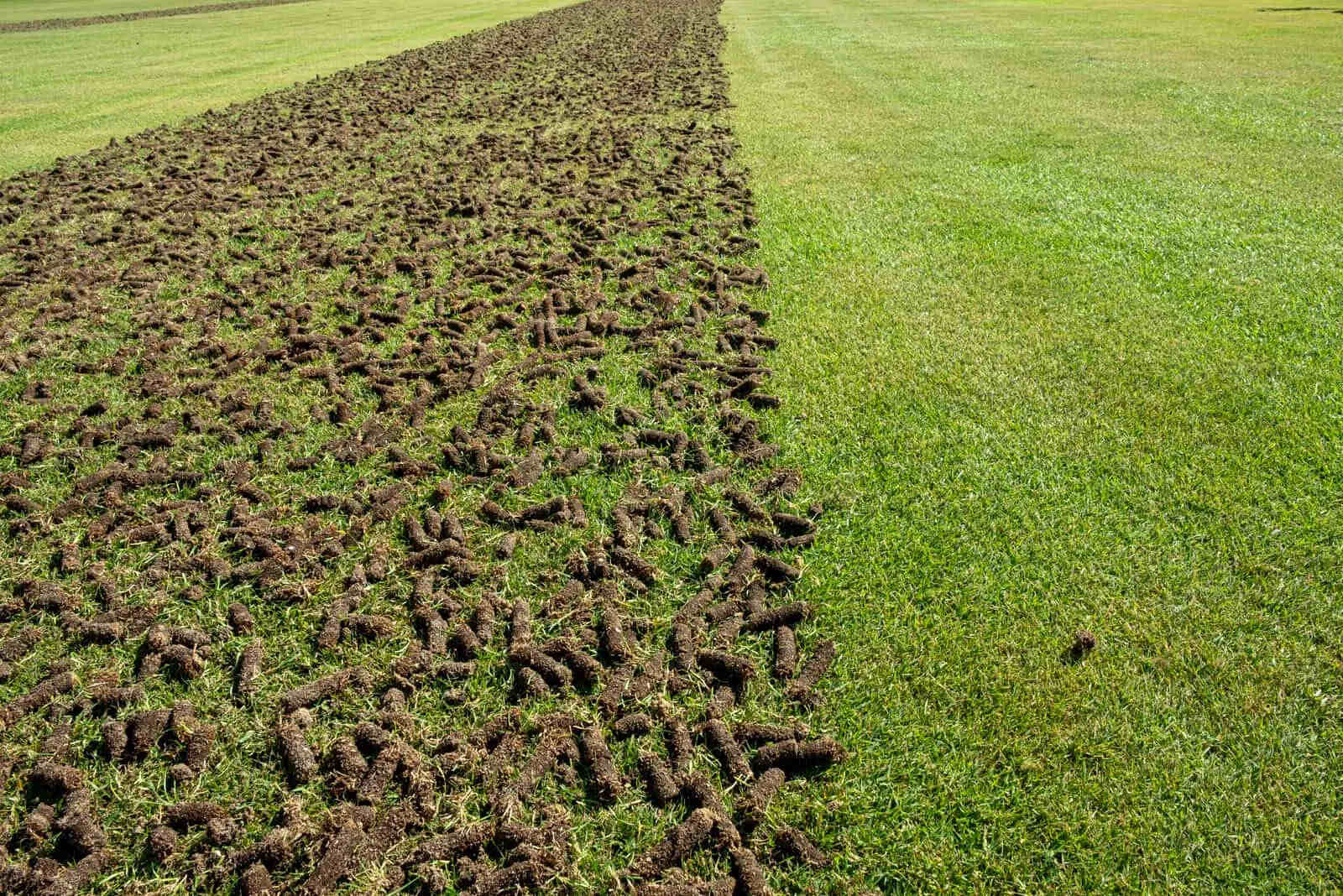

Garden Essentials
How Long After Aerating Should You Seed
Modified: March 24, 2024
Wondering when to seed your garden after aerating? Find out the ideal timing and boost your garden's growth with our expert advice.
(Many of the links in this article redirect to a specific reviewed product. Your purchase of these products through affiliate links helps to generate commission for Storables.com, at no extra cost. Learn more)
Introduction
Welcome to the world of gardening! Whether you’re a seasoned gardener or just starting out, one important aspect of maintaining a healthy and vibrant lawn is aerating and seeding. Aeration and seeding are essential practices that help promote optimal growth and rejuvenation for your grass.
Aeration involves creating small holes in the soil, allowing air, water, and nutrients to reach the grass roots more effectively. This process helps alleviate compaction and promotes healthy root development. On the other hand, seeding is the act of sowing new grass seeds to fill in bare patches or thicken the existing lawn. Properly timing these two practices is crucial for achieving successful results.
In this article, we will help answer one important question: How long should you wait after aerating before seeding? By understanding this timeline, you can ensure that your lawn receives the maximum benefit from both aeration and seeding.
So, let’s dig in and learn more about the relationship between aeration and seeding and how to optimize your lawn care routine for beautiful, lush grass!
Key Takeaways:
- Wait 1-2 weeks after moderate aeration before seeding to give grass roots time to recover and new seeds a better chance to grow.
- For heavy aeration, wait 2-4 weeks before seeding to allow the grass to fill in the holes and create an ideal environment for new seed germination.
Read more: When To Seed After Aeration
The Importance of Aeration and Seeding
Aeration and seeding are two vital practices that work hand in hand to keep your lawn healthy and thriving. Let’s dive deeper into why these practices are so important and how they contribute to a robust and beautiful lawn.
Aeration: Over time, soil becomes compacted due to foot traffic, heavy machinery, or even just the natural settling process. Compacted soil restricts the movement of air, water, and nutrients, which can impede the growth of grass roots. Aeration provides a solution by creating small holes in the soil, loosening it up, and allowing these vital elements to penetrate the root zone more easily. This process not only improves the overall health of your lawn but also enhances its ability to withstand diseases, pests, and stressful conditions like heat and drought.
Seeding: Grass can thin out over time, leaving bare patches or sparse areas in your lawn. Seeding helps restore the density and health of your grass by introducing new seedlings. Additionally, if you want to change the variety of grass in your lawn or address specific issues like disease or drought resistance, seeding allows you to introduce the appropriate grass types.
Together, aeration and seeding create an optimal environment for grass growth. Aeration improves soil conditions, while seeding fills in gaps and promotes denser, healthier grass. By regularly incorporating these practices into your lawn care routine, you can maintain a lush and vibrant lawn that will be the envy of your neighborhood.
Now that we understand why aeration and seeding are crucial, let’s delve into the aeration process and what factors you should consider before seeding.
The Aeration Process
Aeration is a straightforward process that can be done manually with a handheld tool or with a powered aerator. The primary goal is to create small holes in the soil, allowing air, water, and nutrients to reach the grassroots more efficiently. Here’s a step-by-step guide to help you understand the aeration process:
- Assess your lawn: Before you begin the aeration process, take a close look at your lawn. Identify areas where the soil is compacted or areas that have thin grass coverage. These are the areas where aeration will be most beneficial.
- Mow your lawn: Start by mowing your lawn at a slightly lower setting than usual. This helps ensure that the aerator can penetrate the soil easily without getting obstructed by long grass blades.
- Choose the right aerator: Select the appropriate type of aerator for your lawn. There are manual aerators, which require physical effort to operate, and powered aerators that make the job faster and easier. Consider the size of your lawn and your personal preference when choosing the aerator.
- Aerate your lawn: With the aerator in hand, begin the aeration process. Insert the tines of the aerator into the soil, allowing them to penetrate the surface to a depth of 2-3 inches. Make sure to space the holes evenly, overlapping each pass to ensure comprehensive coverage.
- Remove the soil cores: As you aerate, the aerator will pull out small plugs of soil, also known as soil cores. These cores need to be removed from the lawn. You can leave them on the surface and allow them to break down naturally or collect them and compost them for later use.
- Water and fertilize: After aerating, it’s essential to water your lawn thoroughly. This helps settle the soil and aids in the recovery of the grass. Additionally, consider applying a slow-release fertilizer to provide extra nutrients to the grass, promoting healthy growth.
The aeration process is relatively straightforward and can be completed in a single session, depending on the size of your lawn. Once the aeration is complete, it’s crucial to allow your lawn some time to recover before moving on to the next step: seeding.
Next, let’s explore the factors you should consider before proceeding with the seeding process.
Wait at least 2 weeks after aerating before seeding to allow the soil to settle and the holes to close. This will give the new seeds a better chance to establish and grow.
Factors to Consider before Seeding
Before you jump into the seeding process, there are a few essential factors to consider. These factors will help determine the success of your seeding efforts and ensure that you achieve the desired results. Let’s take a closer look at them:
- Grass type: The type of grass you have in your lawn plays a significant role in determining the ideal time for seeding. Different grass species have varying growth rates and optimum germination temperatures. Research the specific grass type you have and find out the best time to sow its seeds for optimal results.
- Climate and weather conditions: The climate in your region also affects the success of seeding. Ideally, you want to seed during the cooler seasons, such as spring or fall, when the temperatures are more moderate. Extreme heat or cold can hinder seed germination and growth.
- Soil moisture: Adequate soil moisture is crucial for successful seed germination. Before seeding, ensure that the soil is evenly moist, but not overly saturated. Avoid seeding during a dry spell or when rain is not expected, as it may result in poor germination and seedling establishment.
- Competing weeds: If there are existing weeds in your lawn, it’s important to address them before seeding. Weeds can compete with the new seedlings for nutrients, water, and sunlight. Take the time to remove any weeds or apply weed control measures before seeding.
- Aeration recovery: After aerating your lawn, it’s necessary to allow some time for the grass to recover. Depending on the severity of the aeration process, it’s recommended to wait at least two to four weeks before proceeding with seeding. This allows the grass to regain its strength and establish new root growth.
Considering these factors will help set the stage for successful seeding. It’s essential to be patient and choose the right time to sow the grass seeds. Rushing into seeding without proper planning and assessment can lead to disappointing results.
Now that you have taken these factors into account, let’s determine how long you should wait after aeration before seeding.
How Long to Wait after Aeration before Seeding
Timing is crucial when it comes to seeding your lawn after aeration. It’s important to allow enough time for the grass to recover from the aeration process before introducing new seeds. The exact duration may vary based on factors such as the grass type, climate, and the severity of the aeration. Here are some general guidelines to help you determine how long to wait after aeration before seeding:
- Minimal aeration: If you’ve performed a light aeration with small, shallow holes, you can typically proceed with seeding immediately after aeration. The impact on the grass is minimal, and the recovery time is shorter.
- Moderate aeration: For moderately aerated lawns with deeper holes, it’s recommended to wait at least one to two weeks before seeding. This period allows the grass roots to recover and regrow, giving the new seeds a better chance to establish themselves.
- Heavy aeration: If you’ve conducted a heavy aeration, such as core aeration with significant soil extraction, it’s best to wait at least two to four weeks before considering seeding. The grass needs sufficient time to recover and fill in the holes left by the aeration process.
- Overseeding: If you’re overseeding your lawn, meaning you’re sowing new grass seeds without performing aeration, you can typically proceed with overseeding immediately. However, it’s still beneficial to lightly rake or dethatch the lawn surface to expose the soil and provide better seed-to-soil contact.
Keep in mind that the above timelines are general recommendations. It’s crucial to assess the condition of your lawn, the strength of the grass, and the recovery progress after aeration before deciding to seed. Monitor the growth and health of the existing grass, and ensure that the soil moisture is optimal before proceeding with seeding.
By waiting for the appropriate amount of time after aeration before seeding, you give your lawn the best chance for successful seed germination and establishment. It ensures that the new seedlings have a favorable environment to grow alongside the existing grass.
Now that you know how long to wait, it’s time to prepare for the seeding process and nurture your lawn towards a lush and healthy appearance.
Read more: How Long After Fertilizing Should I Seed
Conclusion
Aeration and seeding are essential practices in maintaining a healthy and beautiful lawn. They work hand in hand to improve soil conditions, promote healthy root growth, fill in bare patches, and enhance the overall density of the grass. Understanding the relationship between aeration and seeding, as well as the timing involved, is crucial for achieving successful results.
By aerating your lawn, you create an optimal environment for grass growth by loosening compacted soils and improving air, water, and nutrient circulation. This sets the stage for successful seed germination and establishment. Seeding, on the other hand, helps replenish thin or bare areas of your lawn and introduces new grass varieties to address specific needs.
Before seeding, it’s important to consider factors such as grass type, climate, soil moisture, and weed presence. Each of these factors can influence the success of your seeding efforts. Additionally, it’s crucial to allow sufficient time for the grass to recover from the aeration process before proceeding with seeding.
Depending on the severity of the aeration process, you may need to wait anywhere from immediately after a light aeration to two to four weeks after a heavy aeration before seeding. This recovery period allows the grass to regain its strength, fills in the aeration holes, and creates an ideal environment for new seed germination and growth.
By following these guidelines and considering the specific conditions of your lawn, you can ensure that both aeration and seeding work together effectively, resulting in a healthier, denser, and more vibrant lawn.
So, roll up your sleeves, grab your aerator and seed spreader, and get ready to make your lawn the pride of the neighborhood. With proper aeration, suitable seeding timing, and a little bit of patience, you’ll be well on your way to a lush and thriving lawn that will be the envy of all who see it.
Frequently Asked Questions about How Long After Aerating Should You Seed
Was this page helpful?
At Storables.com, we guarantee accurate and reliable information. Our content, validated by Expert Board Contributors, is crafted following stringent Editorial Policies. We're committed to providing you with well-researched, expert-backed insights for all your informational needs.
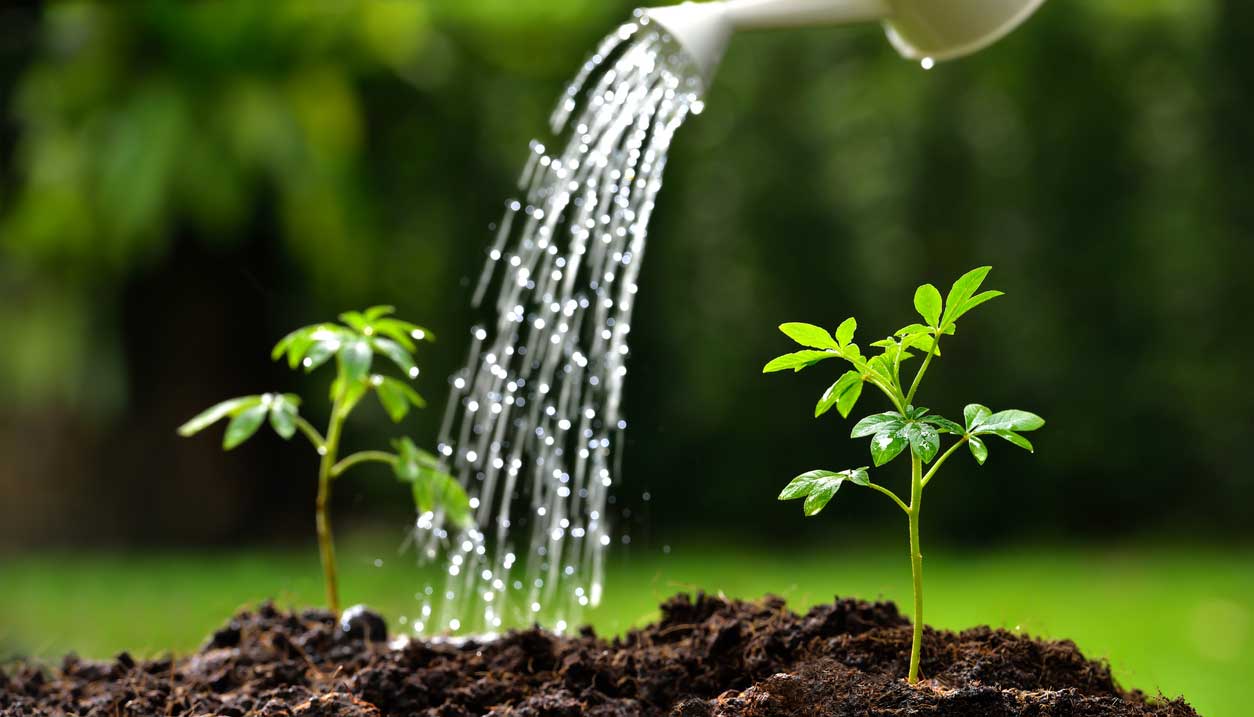
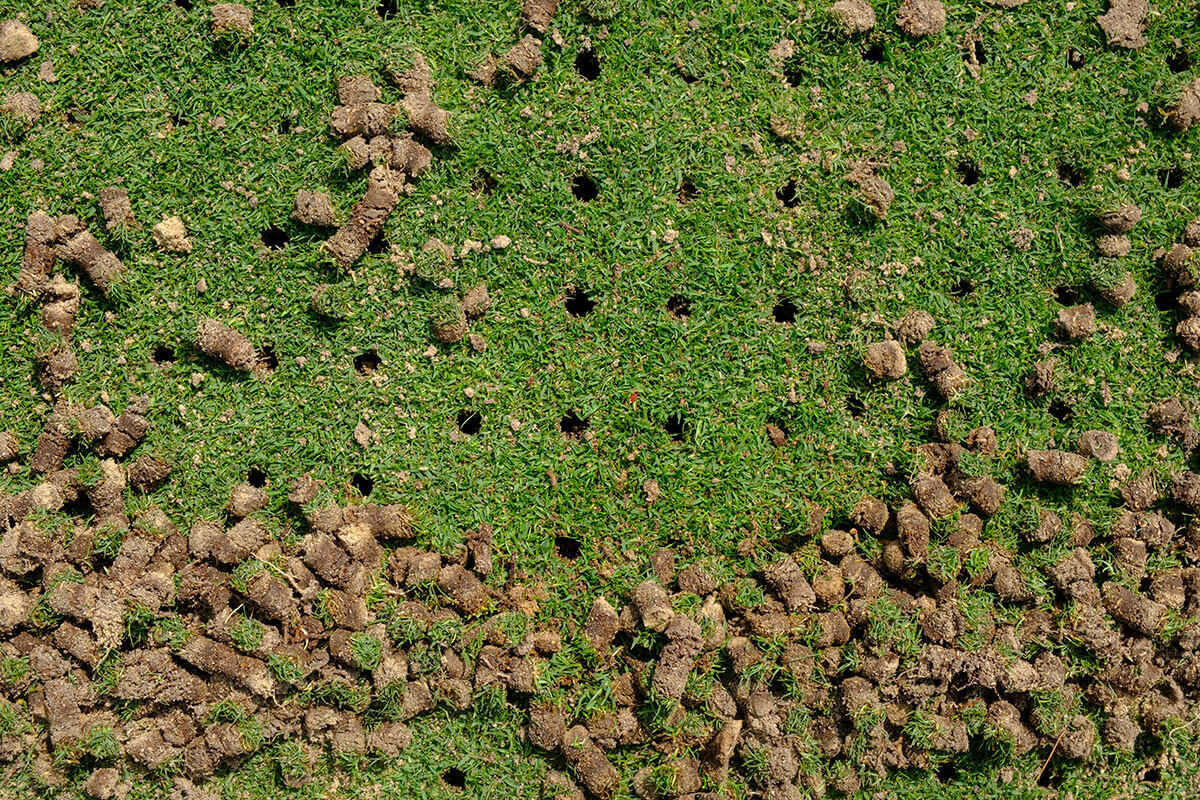
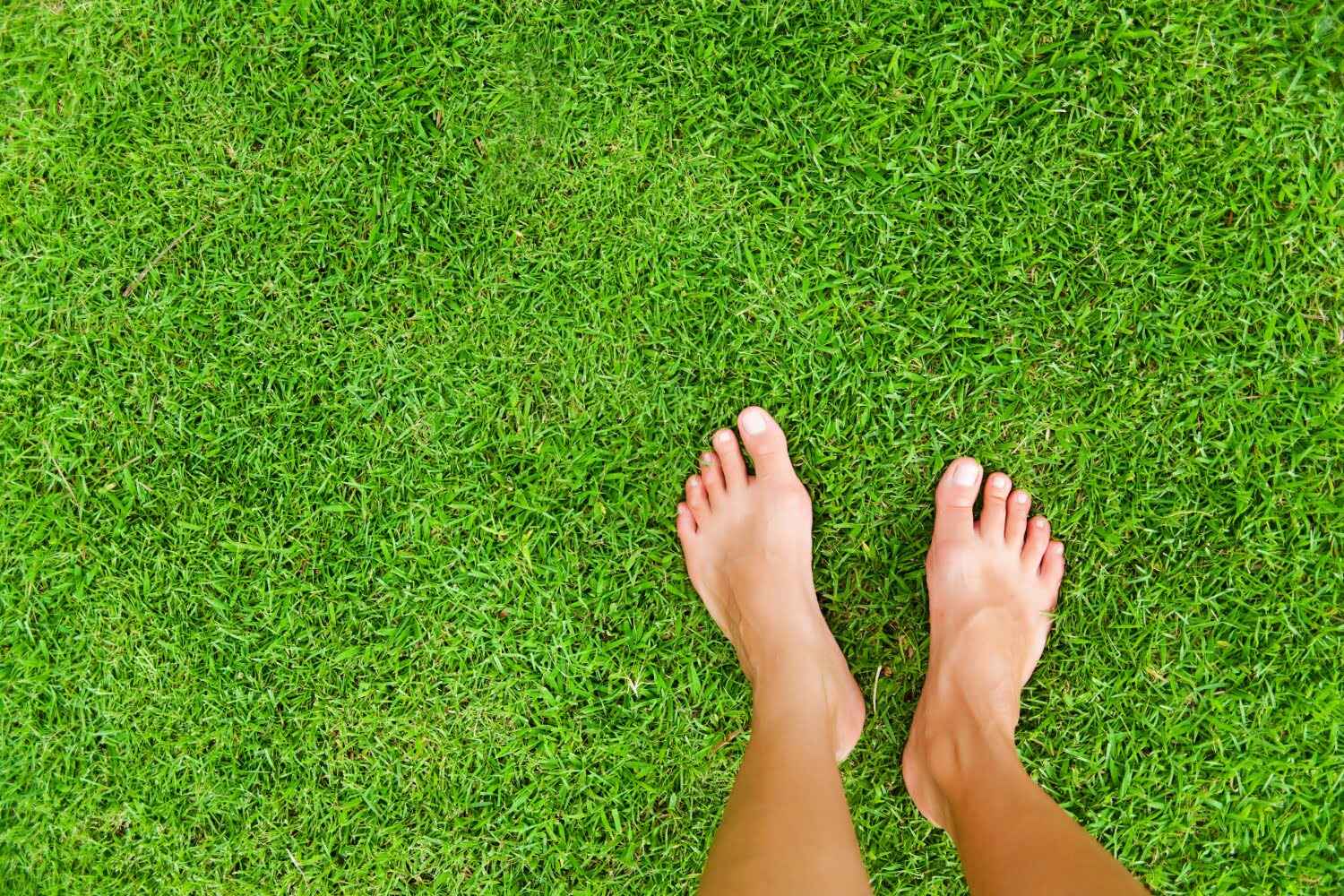
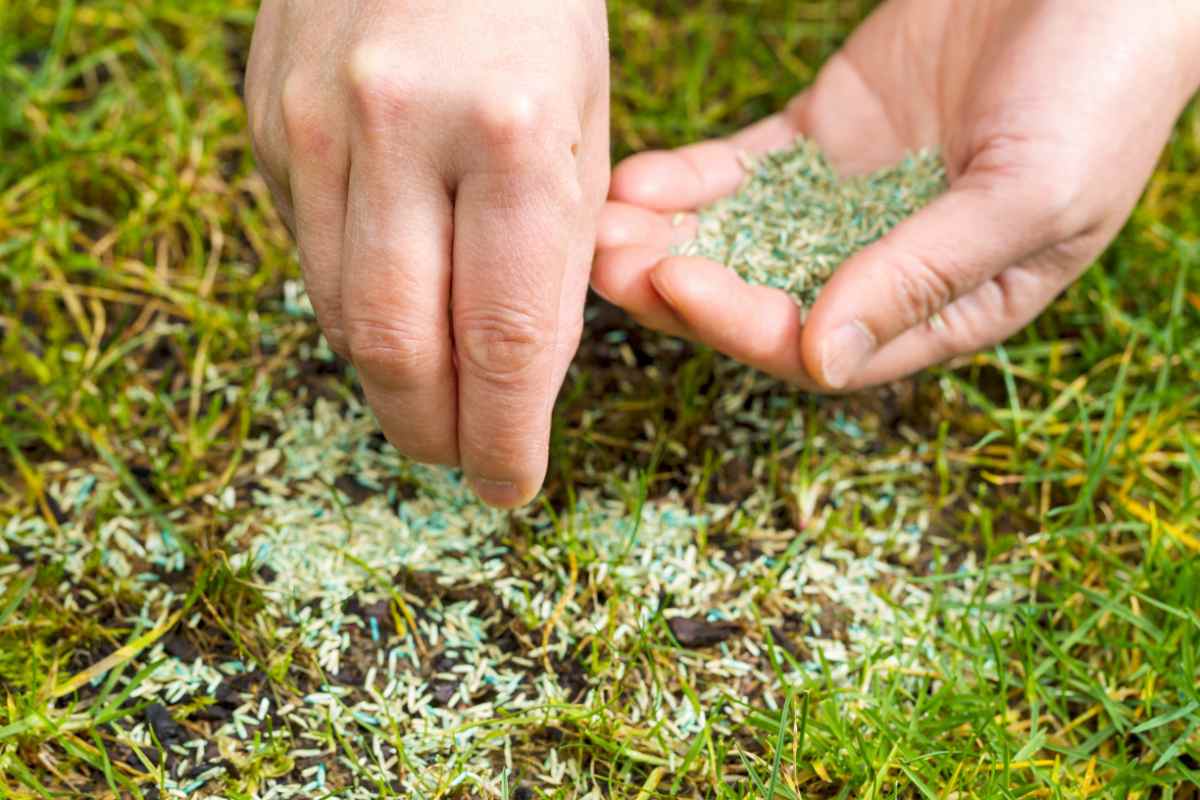

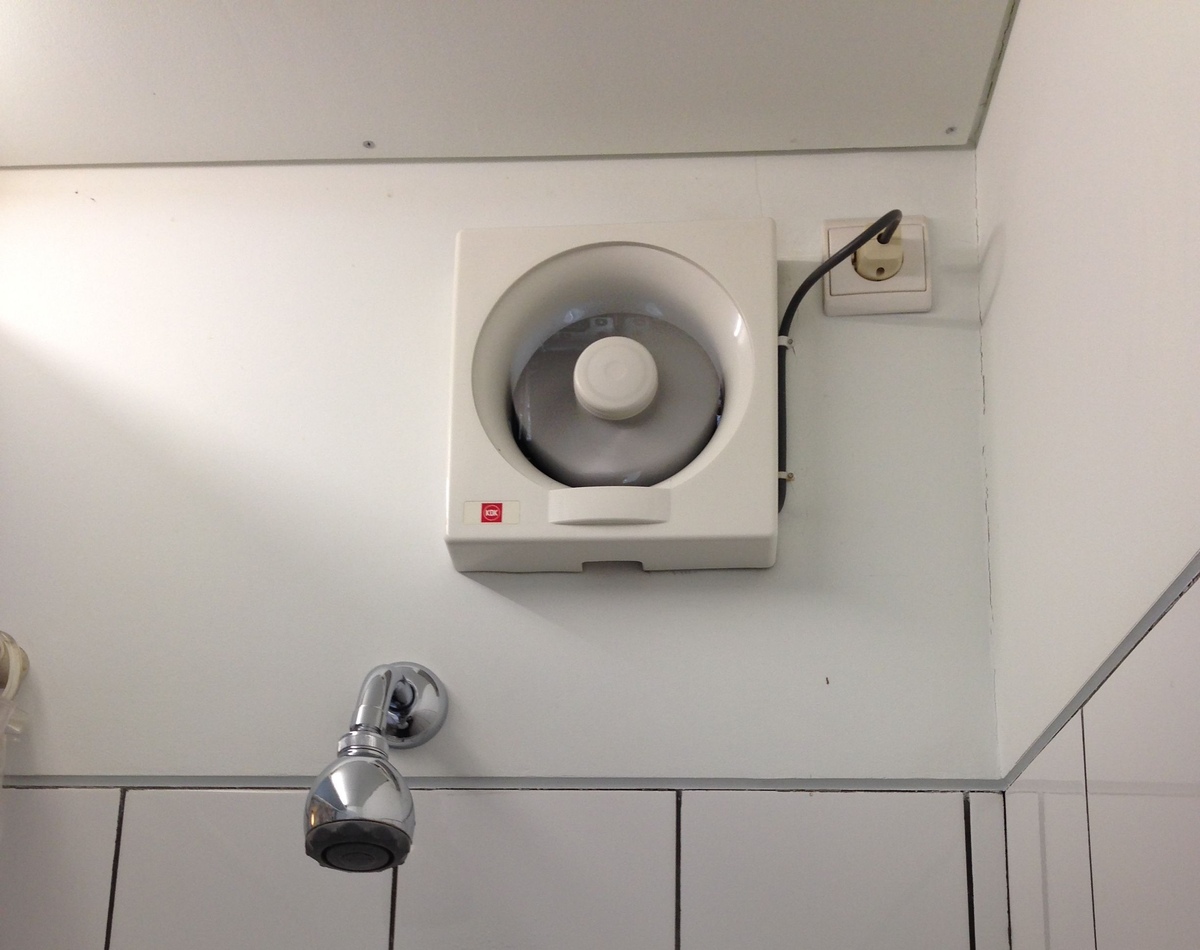
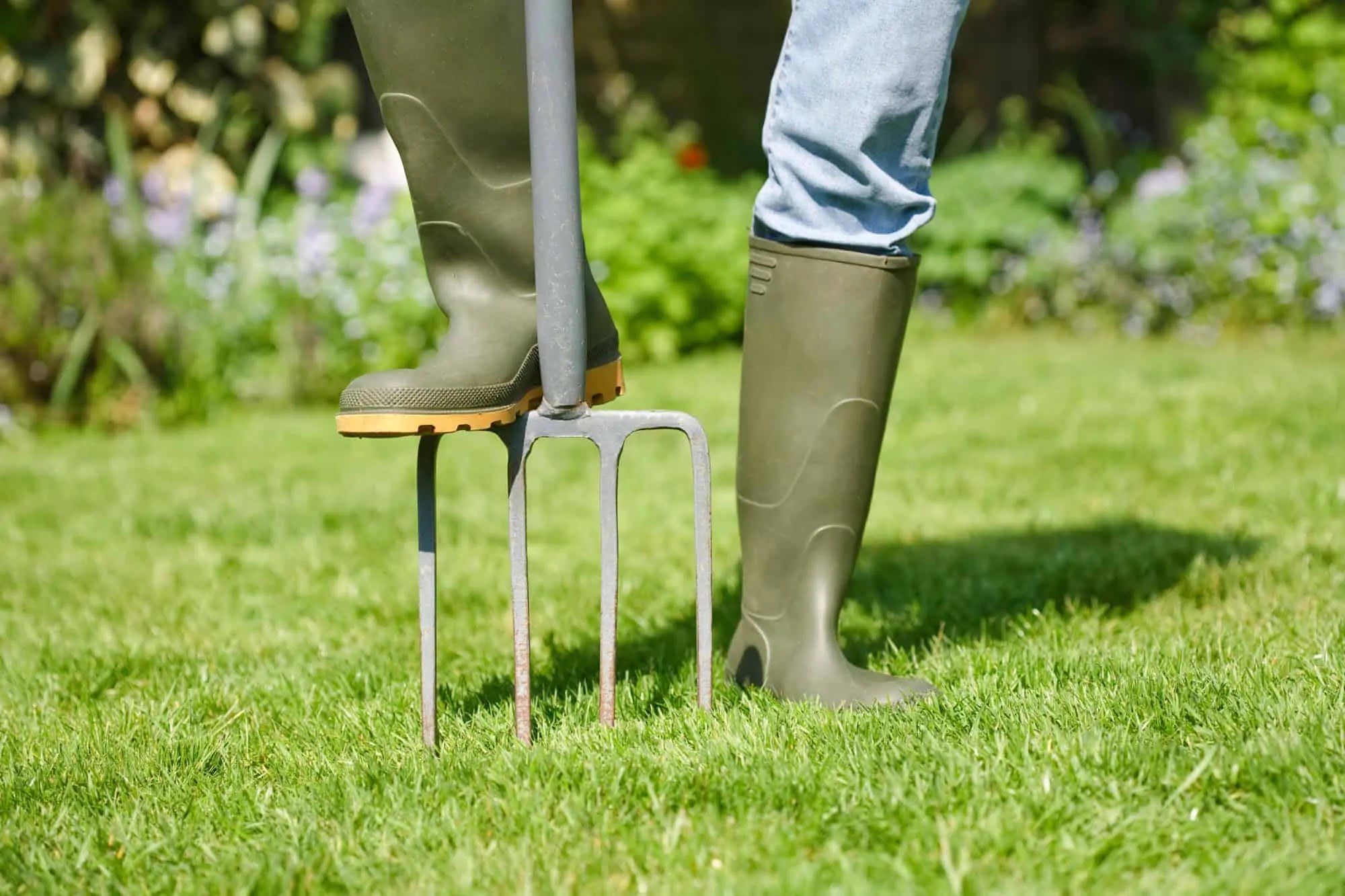
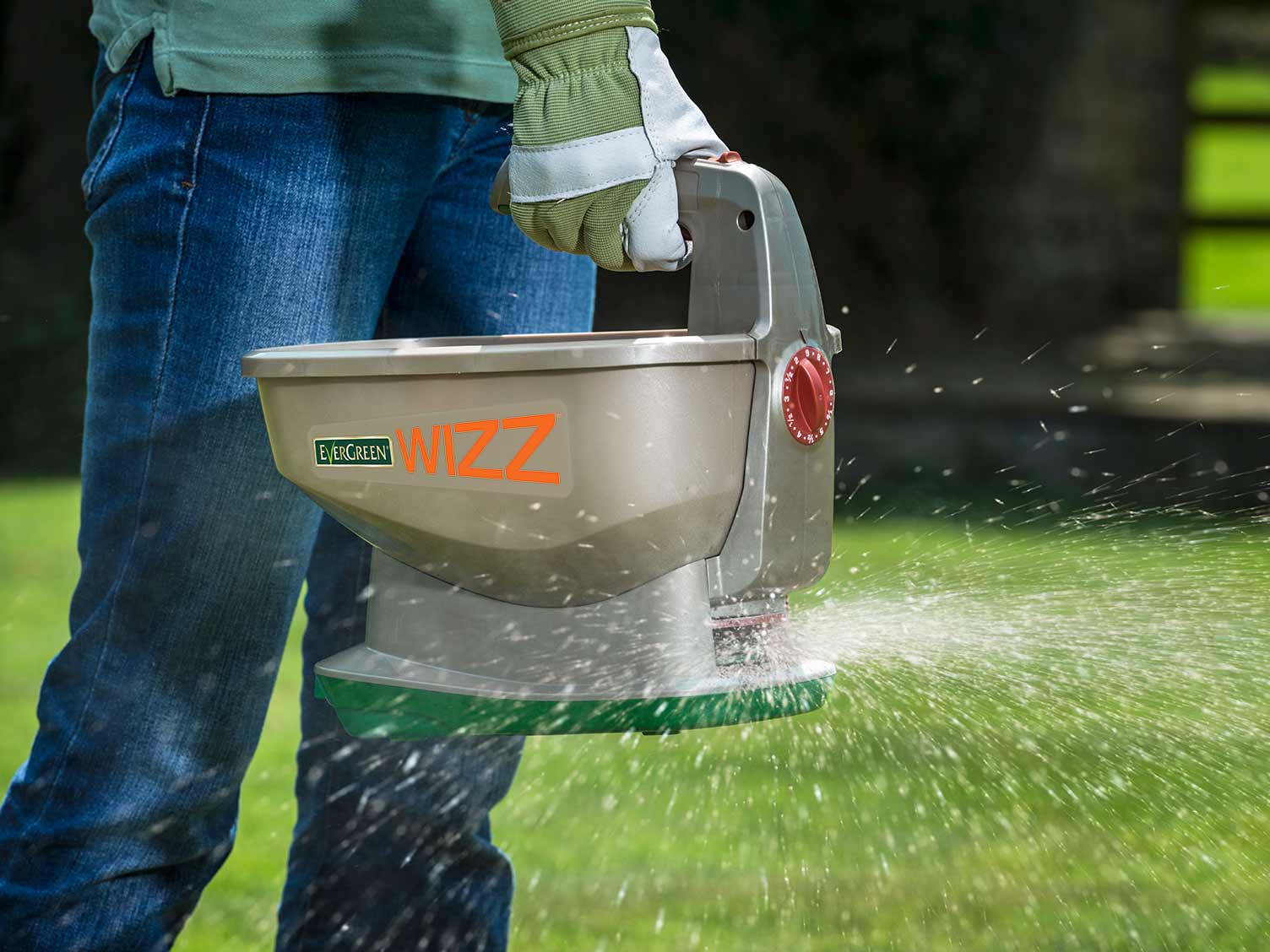
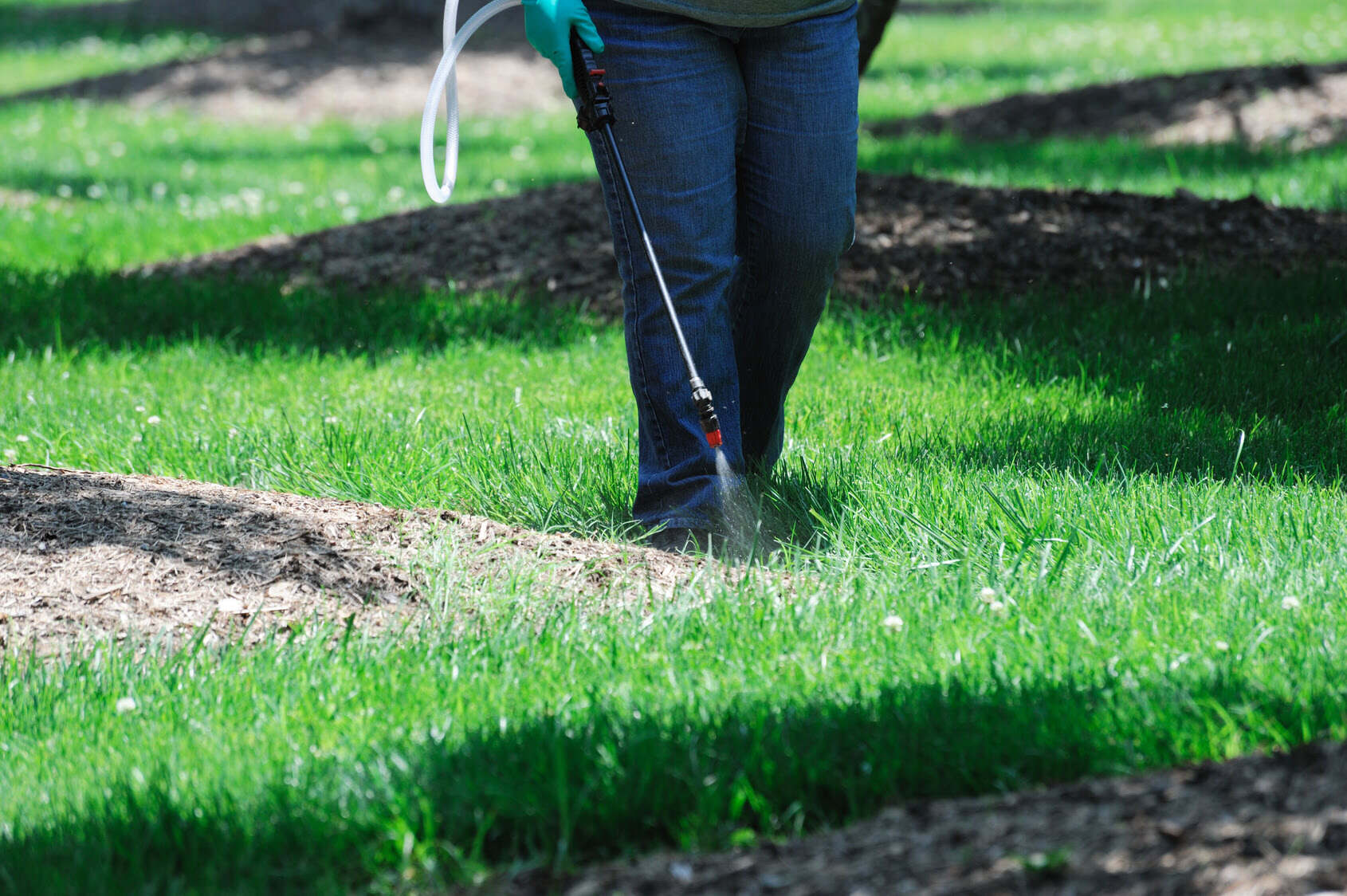
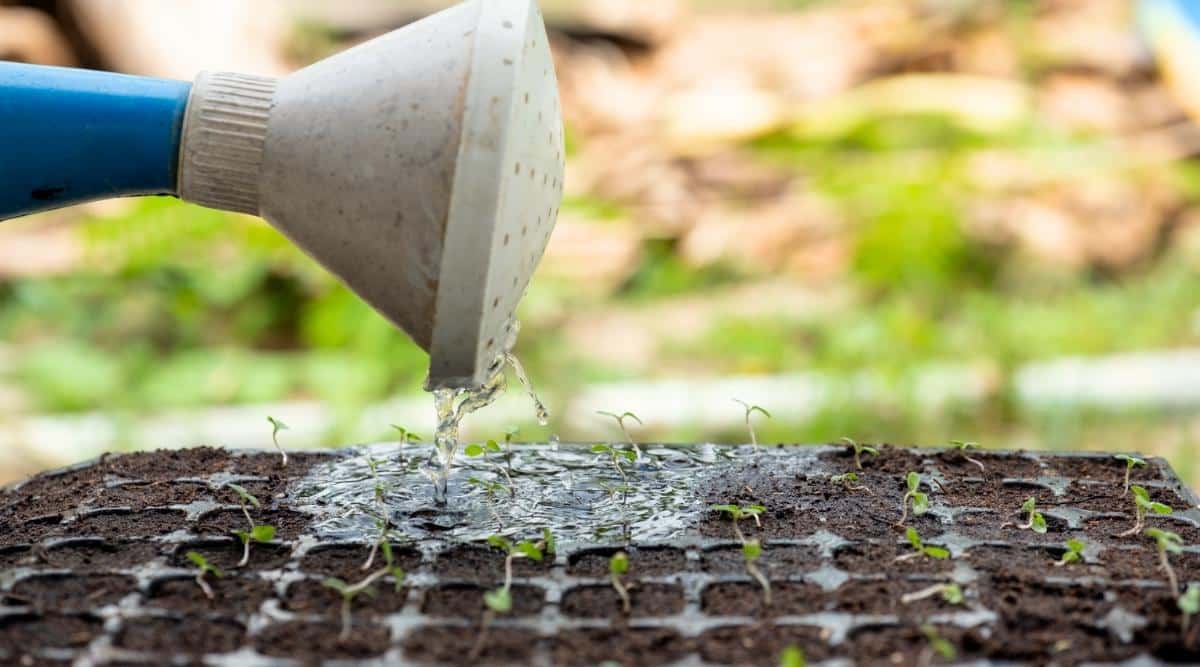
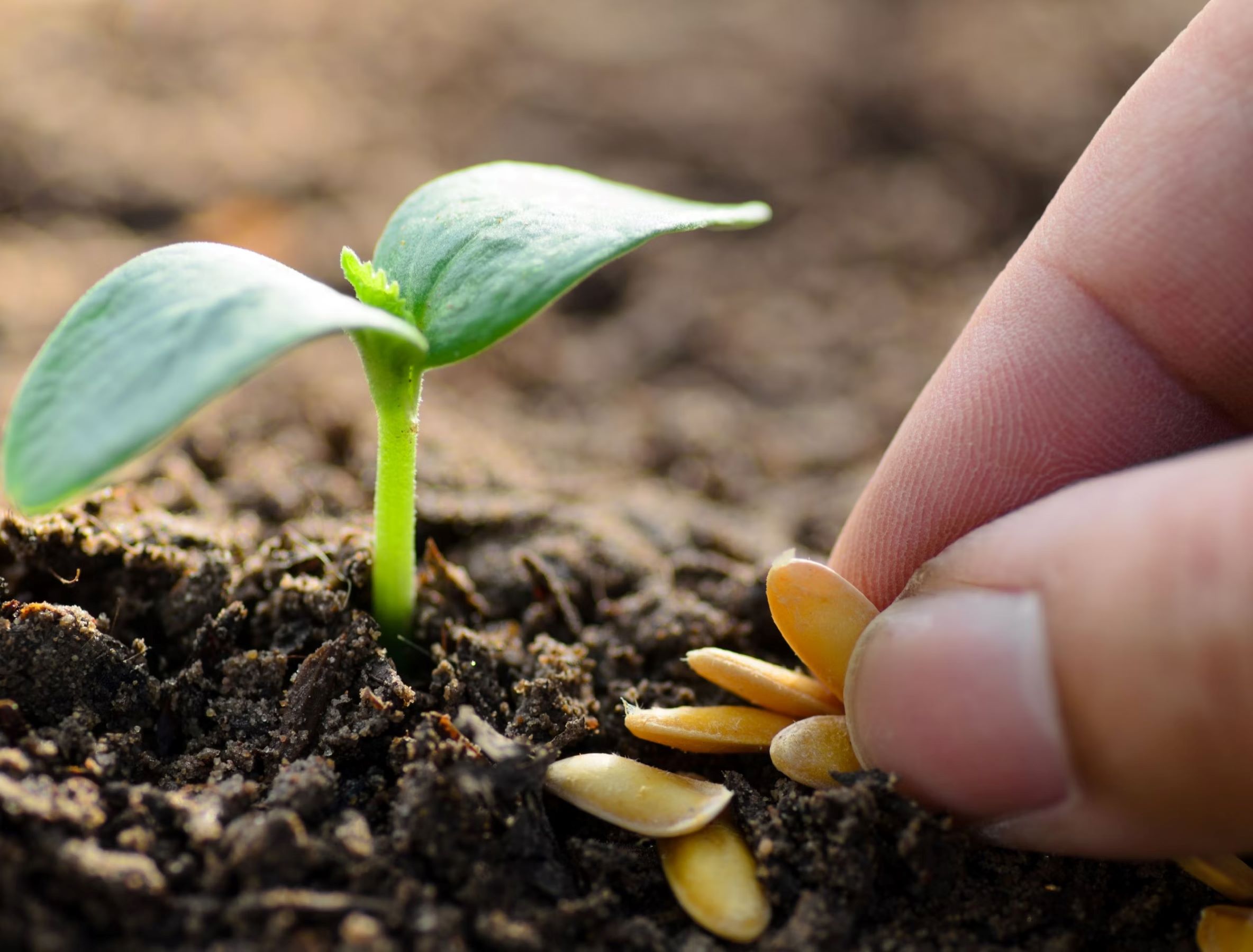
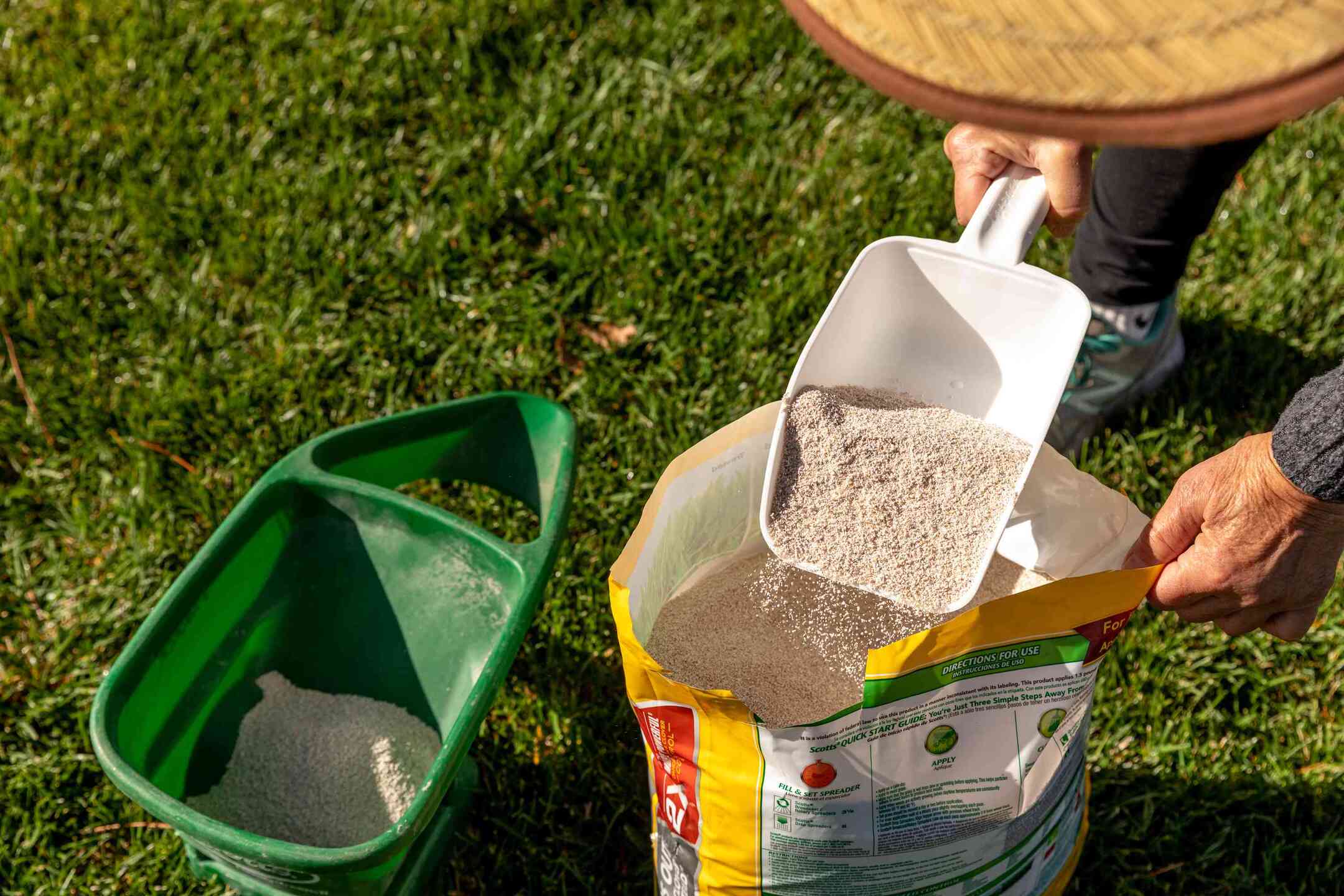
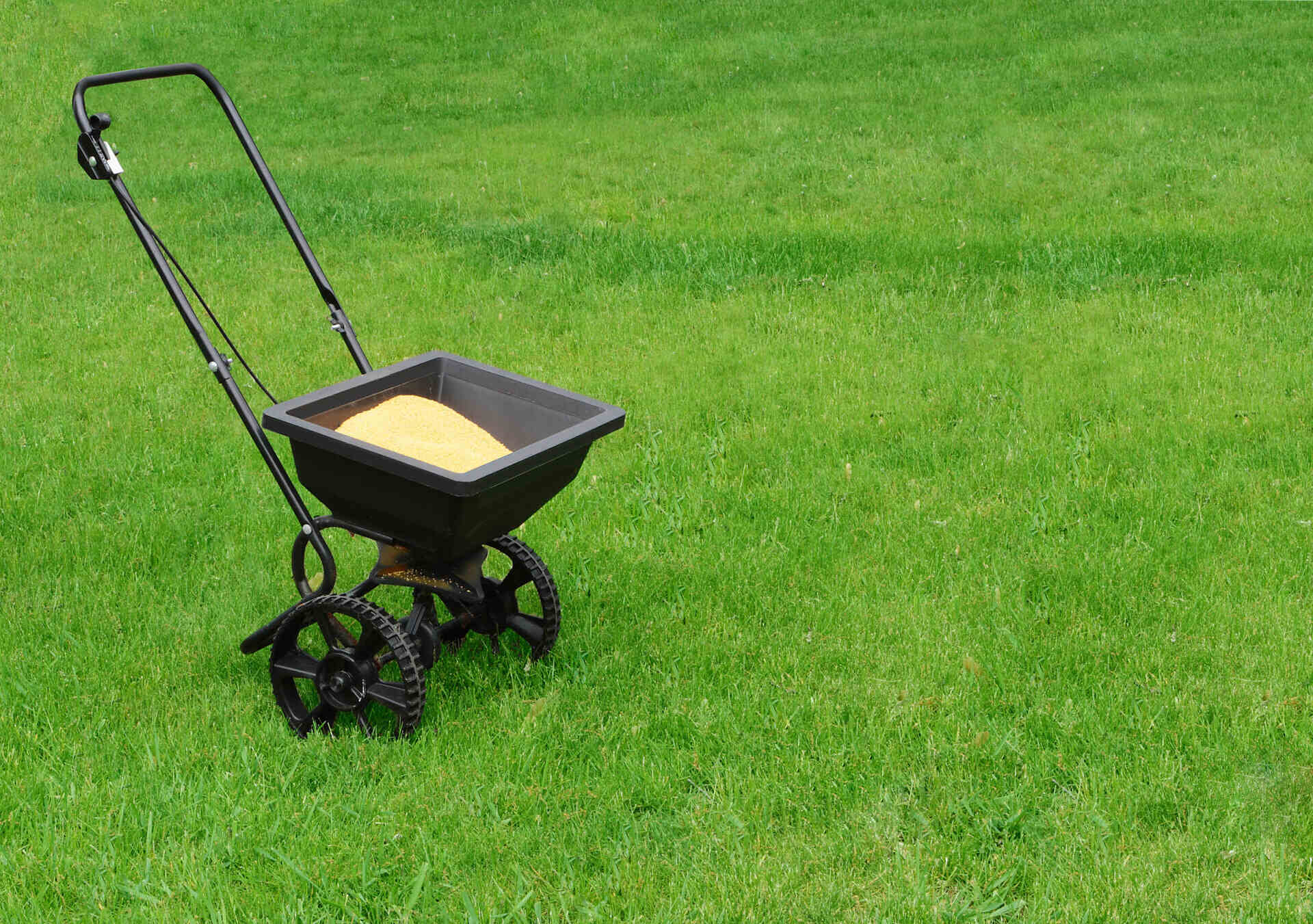
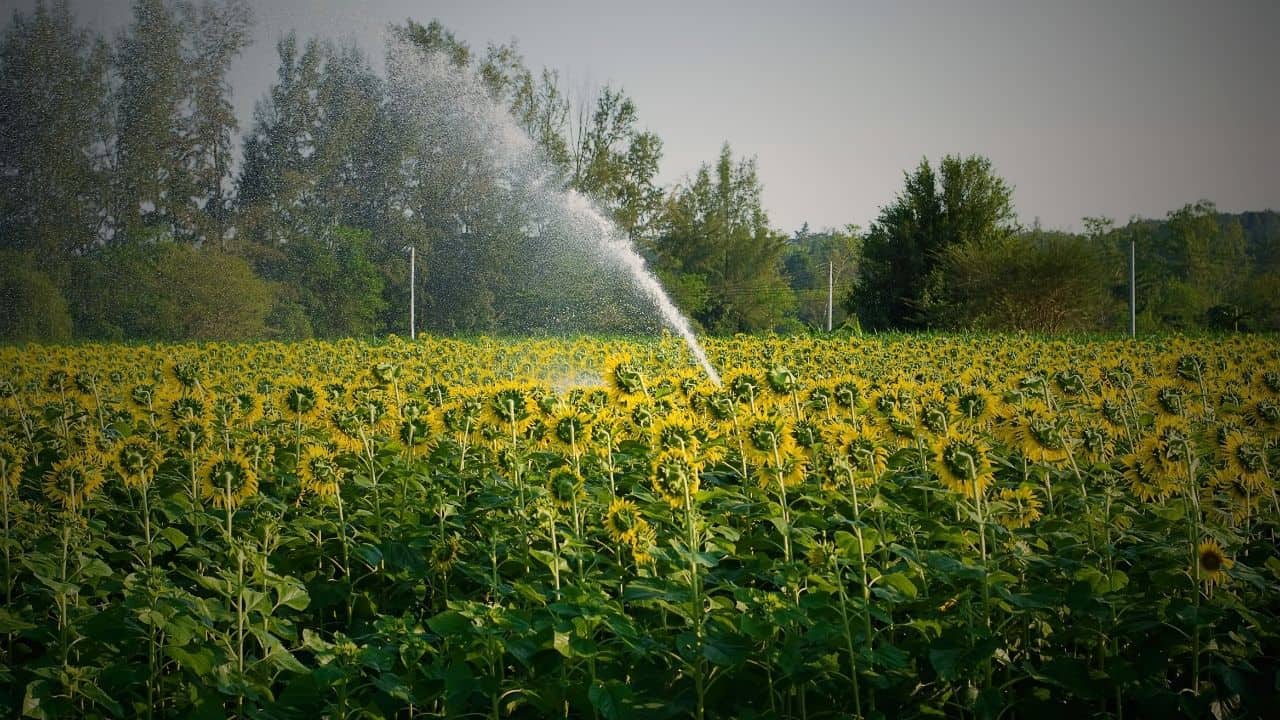

0 thoughts on “How Long After Aerating Should You Seed”